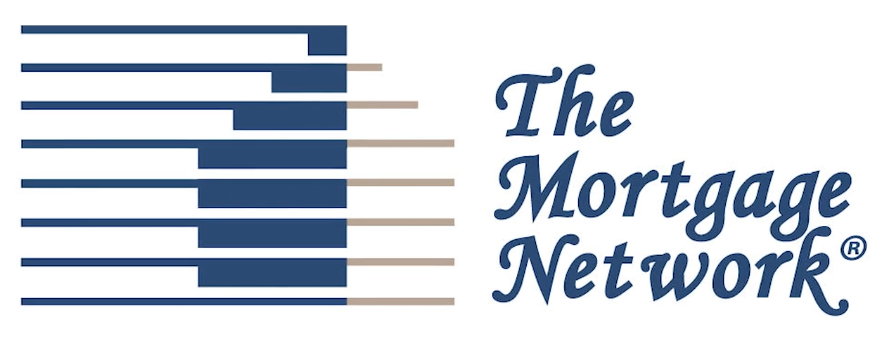Interest rates, especially the rates on interbank exchanges and Treasury bills, have as profound an effect on the value of income-producing real estate as on any investment vehicle. Because the influence of interest rates on an individual’s ability to purchase residential properties (by increasing or decreasing the cost of mortgage capital) is so profound, many people incorrectly assume that the only deciding factor in real estate valuation is the mortgage rate. However, mortgage rates are only one interest-related factor influencing property values. Because interest rates also affect capital flows, the supply and demand for capital and investors’ required rates of return on investment, interest rates will drive property prices in a variety of ways.
Valuation Fundamentals
To understand how government-influenced interest rates, capital flows and financing rates affect property values, you should have a basic understanding of the income approach to real estate values. Although real estate values are influenced by the supply and demand for properties in a given locale and the replacement cost of developing new properties, the income approach is the most common valuation technique for investors. The income approach provided by appraisers of commercial properties and by underwriters and investors of real estate-backed investments is very similar to the discounted cash flow analysis conducted on equity and bond investments.
In simple terms, the valuation starts by forecasting property income, which takes the form of anticipated lease payments or, in the case of hotels, anticipated hotel occupancy multiplied by the average cost per room. Then, by taking all property-level costs, including the financing cost, the analyst arrives at the net operating income (NOI), or cash flow remaining after all operating expenses.
By subtracting all capital costs, as well as any investment capital to maintain or repair the property and other non-property-specific expenses from NOI, the result is the net cash flow (NCF). Because properties don’t usually retain cash or have a stated dividend policy, NCF equals cash available to investors and is the same as cash from dividends, which is used for valuing equity or fixed-income investments. By capitalizing dividends or by discounting the cash flow stream (including any residual value) for a given investment period, the property value is determined.
Capital Flows
Interest rates can significantly affect the cost of financing and mortgage rates, which in turn affects property-level costs and thus influences values. However, supply and demand for capital and competing investments have the greatest impact on required rates of return (RROR) and investment values. As the Federal Reserve Board has moved focus away from monetary policy and more toward managing interest rates as a way to stimulate the economy or stave off inflation, its policy has had a direct effect on the value of all investments.
As interbank exchange rates decrease, the cost of funds is reduced and funds flow into the system; conversely, when rates rise, the availability of funds decreases. As for real estate, the changes in interbank lending rates either add or reduce the amount of capital available for investment. The amount of capital and the cost of capital affect demand but also supply, capital available for real estate purchases and development. For example, when capital availability is tight, capital providers tend to lend less as a percentage of intrinsic value, or not as far up the “capital stack.” This means that loans are made at lower loan to value ratios, thus reducing leveraged cash flows and property values.
These changes in capital flows can also have a direct impact on the supply and demand dynamics for property. The cost of capital and capital availability affect supply by providing additional capital for property development, and also affect the population of potential purchasers seeking deals. These two factors work together to determine property values.
Discount Rates
The most evident impact of interest rates on real estate values can be seen in the derivation of discount or capitalization rates. The capitalization rate can be viewed as an investor’s required dividend rate, while a discount rate equals an investor’s total return requirements. K usually denotes RROR, while the capitalization rate equals (K-g), where g is the expected growth in income or the increase in capital appreciation.
Each of these rates is influenced by prevailing interest rates because they are equal to the risk-free rate plus a risk premium. For most investors, the risk-free rate is the rate on U.S. Treasuries; these are guaranteed by U.S. government credit, so they are considered risk-free because the probability of default is so low. Because higher-risk investments must achieve a commensurably higher return to compensate for the additional risk borne, when determining discount rates and capitalization rates, investors add a risk premium to the risk-free rate to determine the risk-adjusted returns necessary on each investment considered.
Because K (discount rate) is equal to the risk-free rate plus a risk premium, the capitalization rate is equal to the risk-free rate plus a risk premium, less the anticipated growth (g) in income. Although risk premiums vary as a result of supply and demand and other risk factors in the market, discount rates will vary due to changes in the interest rates that make them up. When the required returns on competing or substitute investments rise, real estate values fall; conversely, when interest rates fall, real estate prices increase.
Conclusion
Most retail investors, especially homeowners, focus on changing mortgage rates because they have a direct influence on real estate prices. However, interest rates also affect the availability of capital and the demand for investment. These capital flows influence the supply and demand for property and, as a result, they affect property prices. In addition, interest rates also affect returns on substitute investments, and prices change to stay in line with the inherent risk in real estate investments. These changes in required rates of return for real estate also vary during destabilization periods in the credit markets. As investors foresee increased variability in future rates or increase in risk, risk premiums widen, putting increased downward pressure on property prices.





